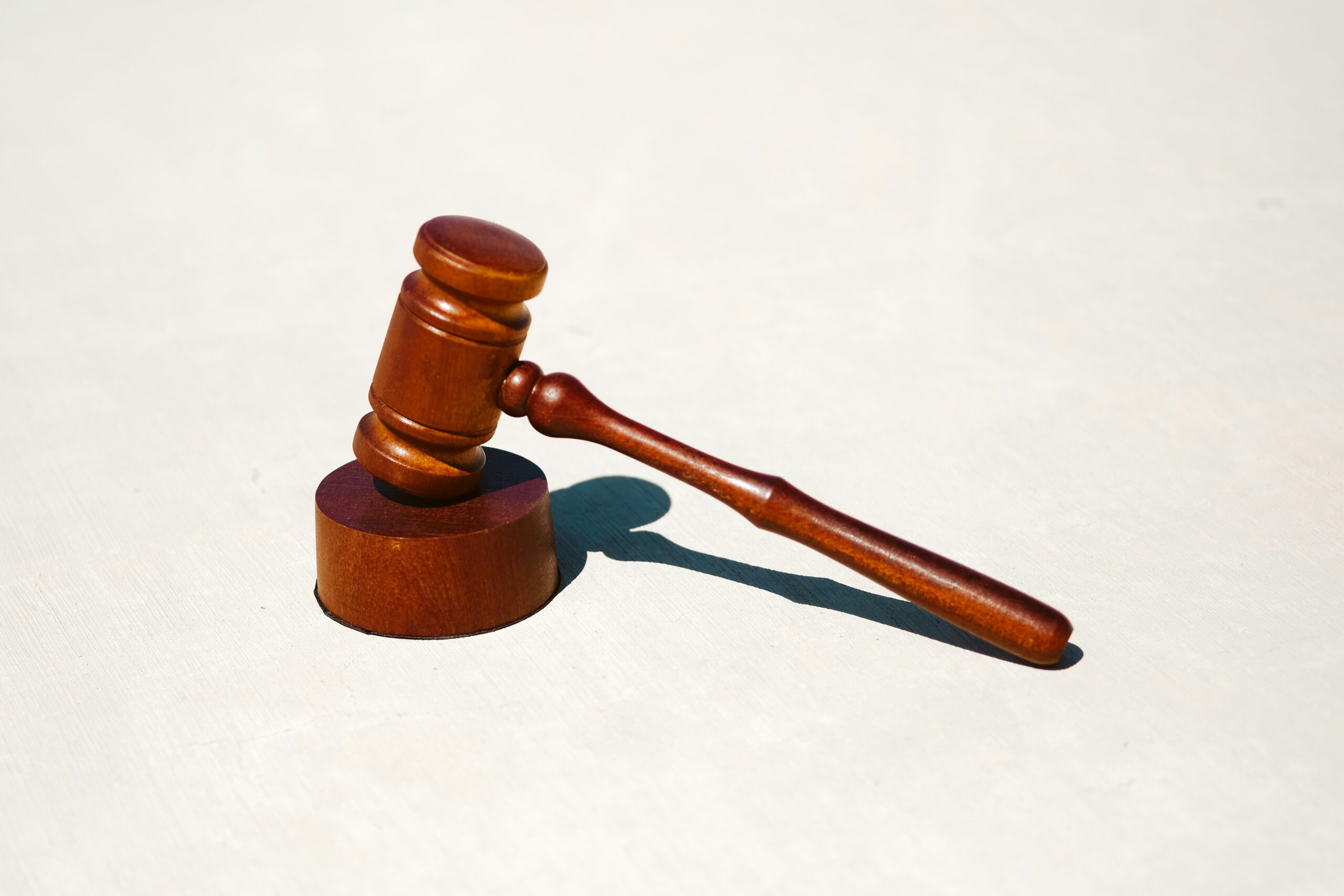ISAACSON LAW BLOG
How to Write an Effective HOA Notification of Violation

How to Write an Effective HOA Notification of Violation
Avoid the Pitfalls and Gain Cooperation with a Proper Notification of Violation
As HOA board members and managers, navigating resident communication is often a delicate dance. Nowhere is this more evident than when crafting letters or notifications regarding violations of community governing documents (CC&Rs, Rules & Regulations). These letters walk a tightrope – conveying the seriousness of the issue while maintaining a respectful and constructive tone. Let’s look at a few successful strategies for crafting clear, concise, and effective violation notices.
Pitfalls to Avoid and Striking the Right Tone of Voice
Before delving into effective wording, let’s look at common pitfalls to avoid:
Accusatory Language: Phrases like “you are in violation” or “your actions are unacceptable” put residents on the defensive.
Overly Legalistic Jargon: Legalese can be confusing and will alienate residents. Focus on clear and concise communication.
Lack Detail: Failing to clearly specify the violation and the relevant provisions of the governing documents makes it difficult for the resident to understand the issues and take corrective action. In fact, NRS 116.31031 requires that the provisions that have been allegedly violated, be included in the notice.
Unprofessional Tone: Condescending tone, “talking downhill,” and overly harsh perspectives escalate the situation and undermine cooperation.
Inflexibility: Providing no avenue for further clarification or solution seeking leaves residents feeling unheard, frustrated, and combative.
Effective Wording Smooths the Process
Here’s how to craft a notification that informs, instructs, and encourages compliance.
Start with a Positive Introduction: Acknowledge the resident and express appreciation for being part of the community. For example, “Dear Joseph, Thank you for being a valued member of ___________ community.”
Clearly State the Violation: State the specific violation observed and reference the relevant provision of the governing documents that require compliance. For example, “This notice is to inform you of a potential violation of the CC&Rs, Section X, which states [Quote relevant portion of CC&R].”
Provide Details: Offer a brief, factual description of the violation. Include dates, photos (as required by NRS 116.31031.1(c)(3)), and any relevant witness statements. Strive for objectivity and avoid accusatory language. For example, “On July 10, 2024, our community maintenance team observed [Describe the violation].”
Outline the Expected Action: Clearly state the desired action for the resident to take to resolve the issue as required by NRS 116.31031.1(c)(2). Offer a timeframe for compliance. For example, “To address this violation, please [Describe the action needed] within [Number] days.”
Offer Support and Resources: Let the resident know that the HOA is available to assist them in achieving compliance. Offer helpful resources, such as links to relevant HOA documents. For example, “We understand that resolving this issue might require assistance. Please don’t hesitate to contact the HOA office at [Phone number] or [Email address] for any questions or to discuss potential solutions.”
Provide Next Steps: Outline the potential consequences for non-compliance. However, prioritize offering a cooperative resolution. For example, “We appreciate your prompt attention to this matter. If the violation is not addressed within the timeframe provided, the HOA may be required to take further action according to the CC&Rs.”
Conclude with a Positive Note: Express confidence in the resident’s willingness to comply and maintain a positive community environment. For example, “We are confident that we can work together to resolve this issue promptly. Thank you for your cooperation.”
Here’s a Sample of Content for a Notification for Unkept Landscaping
Dear Mr. Johnson,
Thank you so much for being a valued member of Rocky Sands for over 12 years. We appreciate your ongoing membership and support.
This notice is to inform you of a potential violation of the CC&Rs, Section 4, which states “[Quote relevant portion of CC&R regarding landscaping].
On July 10, 2024, our community maintenance team observed that the landscaping in your front yard appeared overgrown and contained several dead plants. We’re sure you appreciate how attractive and well-maintained landscaping is important for the overall aesthetics and value of our community.
To address and avoid this violation, please consider trimming overgrown shrubs, removing dead plants, and implementing appropriate landscaping practices within the next 14 days. Please know that, if it helps, the community association manager can be reached at the above number.
We understand that resolving landscaping issues might require assistance, so please don’t hesitate to contact the HOA office at [Phone number] or [Email address] for any questions or to discuss potential solutions.
Absent timely compliance, please know that the Association will be required to send a further violation notice and schedule this matter for a hearing. At such hearing, fines of up to $100 per violation could be implemented. The Association truly does not wish to take such action.
We appreciate your prompt attention to this matter and thank you for your cooperation.
Sincerely,
Effective Notifications Get Corrective Action without Dissatisfaction
At the end of the day, be friendly yet forceful, polite yet direct. Most people are not maliciously non-compliant to the community’s governing documents. Rather, they may have suffered medical, financial, or travel setbacks or just been distracted or otherwise unintentional. For good counseling and advice feel free to reach out to the Isaacson Law Firm, your friends and advocates for an effective HOA.

LOCATION
- (702) 529-2559
- 7575 Vegas Dr, Suite 150N, Las Vegas, Nevada 89128
BUSINESS HOURS
Monday – Friday: 8:30am to 5:30pm
Recent Blog Posts

HOA Fee Increases: Don’t Surprise Homeowners


Why “Failure to Communicate” Is a Violation

